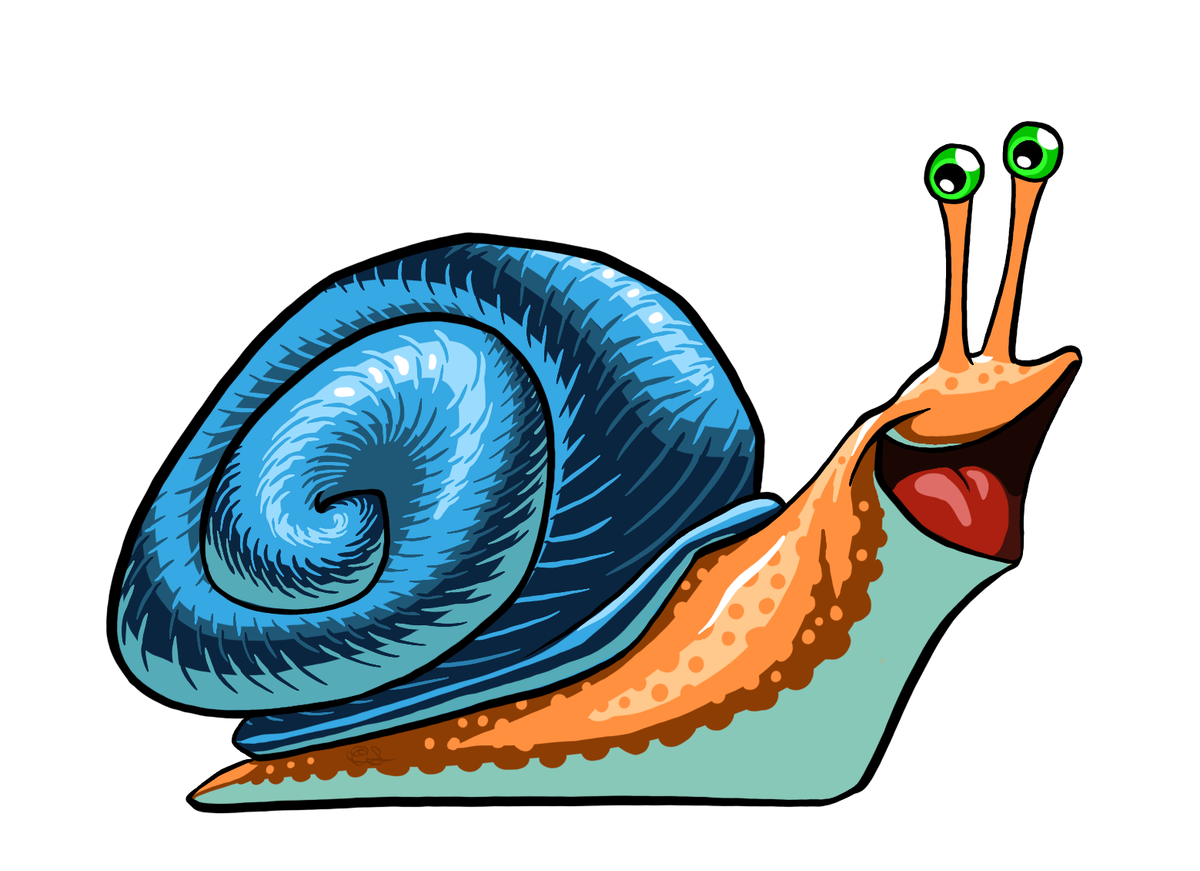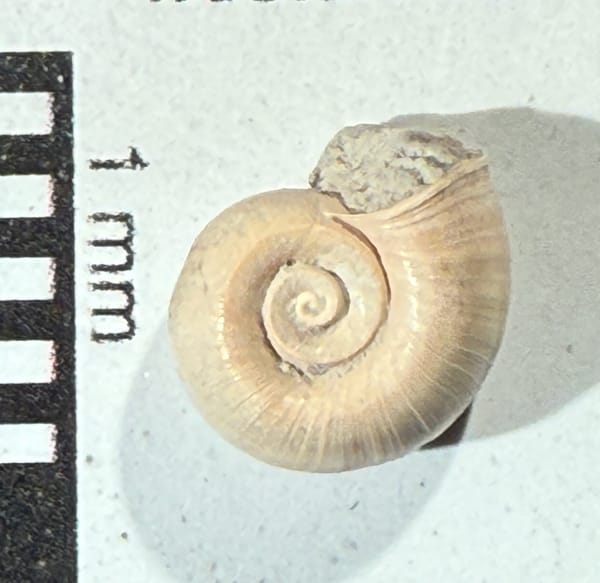Life in the Slow Lane

Tonight is the Members' Opening Reception for Western Science Center's new exhibit, Life in the Slow Lane. This is one of the most ambitious exhibits we've ever built at WSC, including more than 400 specimens, multiple videos and interactives, and live animal displays.

We chose to do an exhibit on snails in part because, out of more than 30 known phyla of animals, only a handful have evolved the ability to survive in salt water, fresh water, and land. Phylum Mollusca is represented in this select group by the Class Gastropoda, the snails and slugs.
Besides their diverse habitats, snails have an almost dizzying array of lifestyles. Many are predators, with numerous inventive and horrifying ways of dispatching their prey. Others are herbivores, or detritivores, or suspension feeders, or parasites.

The exhibit includes sections on diet, reproduction, the different ways snails use their shells, the interactions between humans and snails, invasive species, and more. Besides WSC staff, numerous scientists from other institutions contributed expertise, videos, and more, including Dr. Nathan Robinson, Dr. Robbie Rae, Dr. Allison Gong, and Dr. Jann Elizabeth Vendetti.
One of the most enjoyable aspects of this exhibit for me personally is that I learned so many things about gastropods that were new to me. For example, I hadn’t known that snails change their gait depending on the type of substrate they’re crossing. On smooth, non-absorbent surfaces they tend to slide along on a mucus cushion, with their entire foot in contact with the substrate (or at least with the mucus), leaving a continuous mucus trail. But on rough or absorbent surfaces they switch to a “loping” gait, arching their bodies into a kind of standing wave that minimizes contact with the substrate. This leaves a discontinuous mucus trail showing where the body touched the ground. The video below shows one of our garden snails (Cornu aspersum) using a loping gait on cardboard, then switching to sliding on a smooth iPad cover.
Life in the Slow Lane opens to the public tomorrow at Western Science Center, and will run until next May. If you find yourself in Southern California stop in for a visit!

If you like what you're reading, please consider becoming a paid subscriber or leaving a tip. All proceeds go to cover the cost of maintaining the site and supporting research and education at the Western Science Center.



